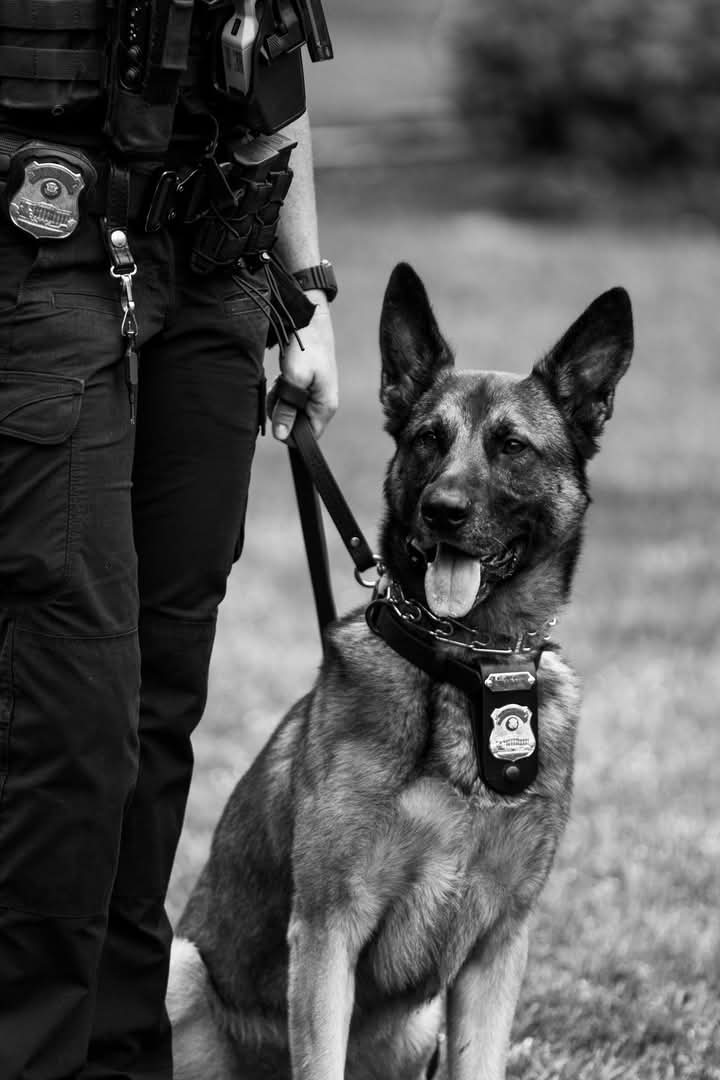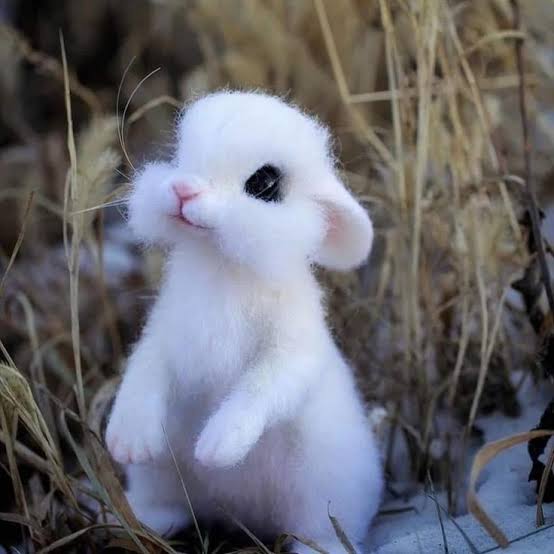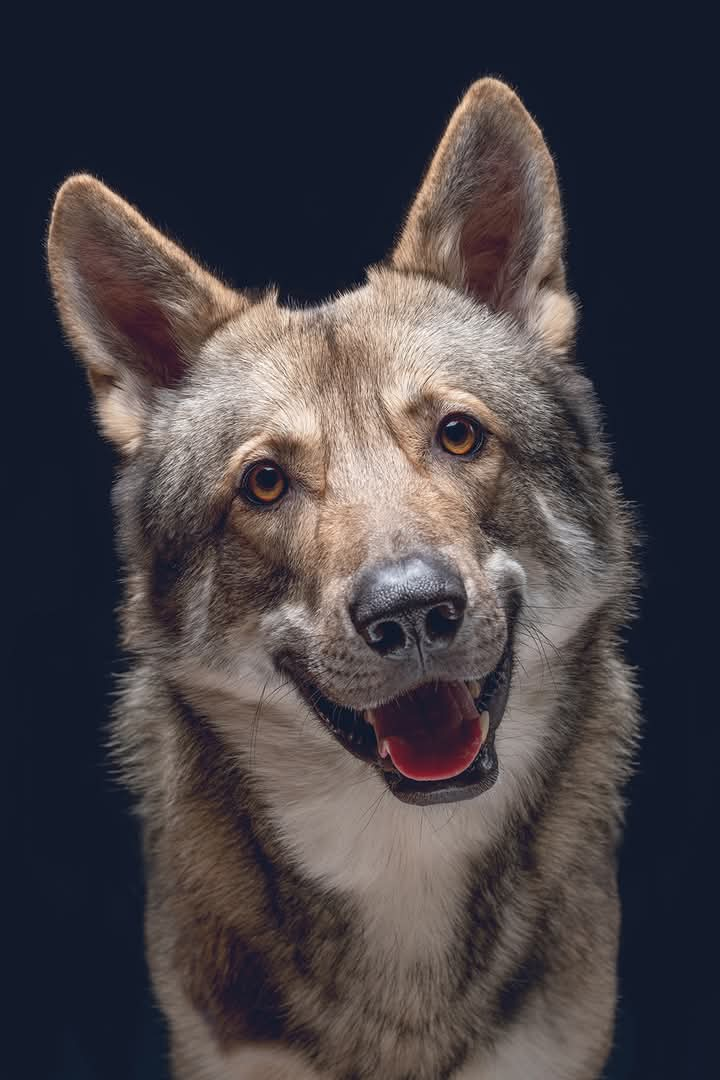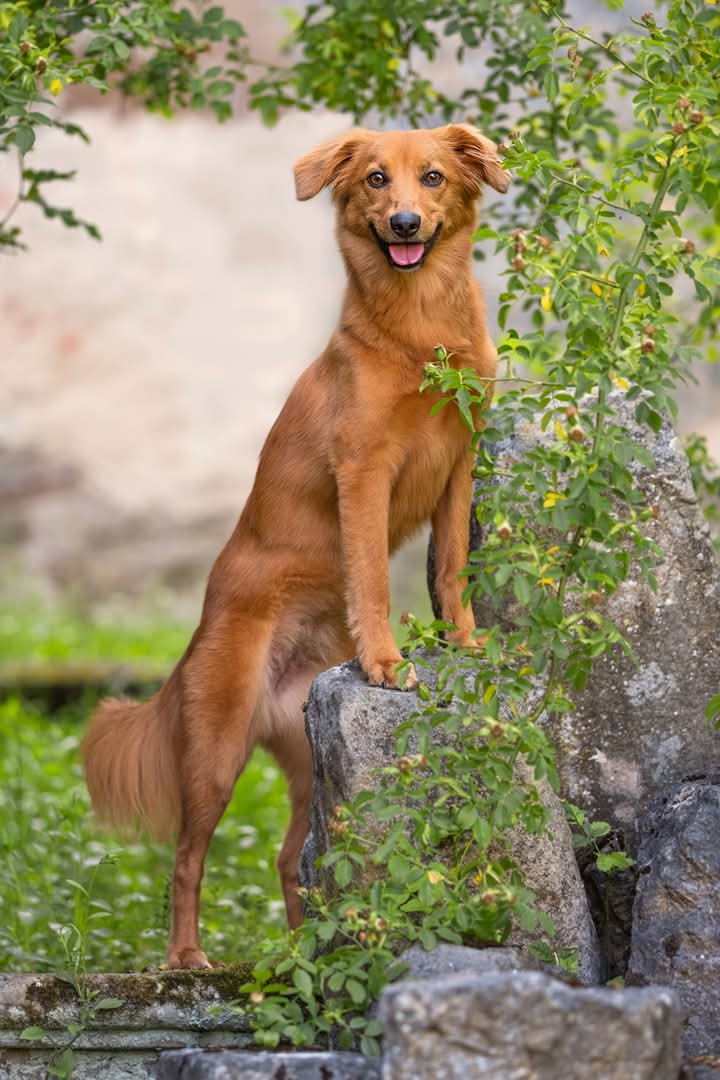What You Don’t Know About White House Dogs: The Untold Stories Behind Presidential Paws
Hey everyone, and welcome back to my channel! Today we’re diving into one of my favorite topics that combines history, politics, and our four-legged friends. We’re talking about White House dogs, but not the fluffy feel-good stories you usually hear. I’m about to blow your mind with some incredible secrets, scandals, and surprising facts about the presidential pups that have called 1600 Pennsylvania Avenue home.
Before we jump in, make sure you hit that subscribe button and ring the bell for notifications because trust me, you don’t want to miss the crazy stories coming up in this series about animals in politics.
The Presidential Pet That Caused an International Incident
Let’s start with something that definitely didn’t make it into your history textbooks. Pete, Theodore Roosevelt’s Bull Terrier, once bit a French ambassador, causing an international incident. Can you imagine the diplomatic chaos? Picture this: you’re trying to maintain international relations with France, and your dog literally bites their ambassador. Roosevelt, being Roosevelt, probably just laughed it off, but imagine the frantic phone calls from the State Department.
Roosevelt’s family had a total of six dogs while they were in the White House, and another one, Skip, was notorious for stealing food from the kitchen and sleeping in the Lincoln bedroom. I mean, if you’re going to crash somewhere in the White House, the Lincoln bedroom is definitely the way to go. This dog had excellent taste in real estate.
The Only Dog to Live in the White House Twice
Here’s something that will surprise you: Spotty was born in the White House as Millie’s puppy when George H.W. Bush was president, then returned to live there again when George W. Bush became president. Think about that for a second. This dog literally grew up in the White House, moved out, and then moved back in when the family business called again. Spotty had the ultimate presidential legacy, spanning two administrations of the same family.
The Presidential DIY Dog Care
You might think presidential pets live in luxury with professional groomers and dedicated staff, but that’s not always the case. George H.W. Bush actually bathed the dogs himself in the residence shower. Picture the President of the United States, leader of the free world, wrestling with a wet English Springer Spaniel in the White House bathroom. It’s both adorable and completely relatable.
Betty Ford had her own late-night pet adventure that went awry during a wee-hours potty run. The details might be classified, but I can only imagine the Secret Service protocols when the First Lady needs to take the dog out at 2 AM.
The Allergy-Driven Presidential Pet Selection
The Obama family selected Bo, a Portuguese Water Dog, partly due to Malia Obama’s allergies and the need for a hypoallergenic pet. This shows how even presidential pet selection involves the same considerations as any family. Bo was actually a gift from Senator Ted Kennedy, and later Sunny, also a Portuguese Water Dog, joined the family in 2013. The political connections behind pet gifting in Washington are fascinating when you think about it.
The Secret Life of Secret Service Dogs
Now, let’s talk about the dogs you probably didn’t even know existed at the White House. There’s a whole other category of canines working behind the scenes that most people never see or hear about. The Secret Service began its K-9 program in 1975, and these dogs go through 20 weeks of intensive training. But here’s what’s really incredible: after graduating from basic training, each canine retrains eight hours every week for the rest of its career, and Secret Service canines remain with their handlers 24 hours a day.
The Secret Service uses affable-looking dogs like Labrador retrievers and springer spaniels trained to sniff for explosives on passersby outside the White House fence. These dogs are literally part of national security, but they’re designed to look friendly and approachable. It’s psychological warfare through cuteness.
The Modern White House Pet Stress Factor
Here’s something most people don’t consider: the White House is described as “unique and stressful for all of us, so you can imagine what it’s like for a family pet”. Think about it from a dog’s perspective. Constant security presence, restricted movement, unfamiliar people coming and going, cameras flashing, and probably the weirdest schedule imaginable. No wonder some White House dogs have had behavioral issues.
The reality is that animals are extremely sensitive to their surroundings, and the White House environment is about as far from normal as you can get for a family pet. Every walk is a security operation, every visitor interaction is monitored, and the constant stress of their human family members probably affects the pets too.
The Missing Presidential Pets
Here’s something interesting: President-elect Donald Trump does not have any pets. Trump was actually the first president in over a century to not have pets in the White House during his term. This breaks a long tradition of presidential pets that goes back generations and raised questions about what it means when a president doesn’t connect with animals.
The Historical Presidential Menagerie
President Theodore Roosevelt and his family kept a menagerie of kangaroo rats, snakes, dogs, birds, ponies, and all manner of small animals. The Roosevelt White House was basically a zoo. Roosevelt preferred what he called “Heinz 57” dogs from multiple bloodlines, which tells us even presidents can be mutt lovers.
The Turkey That Started a Tradition
Here’s a story that connects to presidential pets in an unexpected way: in 1863, ten-year-old Tad Lincoln befriended a turkey sent to the White House for a holiday feast, named the bird Jack, and treated him as a pet. When Christmas approached, Tad burst into a cabinet meeting in tears and pleaded with his father to pardon the bird from the “executioner”. This incident is cited as the basis for the modern-day turkey pardoning tradition at Thanksgiving. So presidential pet love literally created a national tradition.
The Security Protocols You Never Think About
The logistics of White House pets involve security considerations that would blow your mind. Every veterinary visit requires security clearance. Every walk needs advance planning. Every interaction with staff or visitors follows strict protocols. These animals live in what might be the most secure environment in America, which creates unique challenges for normal pet care and behavior.
The training protocols extend beyond just the Secret Service dogs. Presidential pets themselves need to be trained to handle the unique environment they live in. They need to be comfortable with crowds, cameras, constant activity, and the presence of armed security personnel at all times.
The Legacy Question
What happens to presidential pets after their time in the White House? Most follow their families to private life, but they carry the unique distinction of being former First Pets. Some, like the famous Fala, Roosevelt’s Scottish Terrier, became historical figures in their own right and are remembered decades later.
The emotional toll on these animals is something we rarely consider. They form bonds with White House staff who treat them daily, then suddenly all those familiar faces disappear when administrations change. The pets experience their own version of political transition stress.
The Real Story Behind the Scenes
What I find fascinating is how presidential pets humanize these powerful political figures. When you see a president wrestling with a dog in the residence shower or dealing with pet behavioral issues, it reminds us that these are real families dealing with many of the same challenges we all face, just in the most unusual circumstances imaginable.
The stories of presidential pets reveal personality traits, family dynamics, and human moments that official photographs and speeches never capture. They show us presidents as pet parents, dealing with the same joys and frustrations that come with animal companionship.
The Future of Presidential Pets
As security requirements evolve and the White House becomes an increasingly complex environment, the challenges of maintaining pets there will only grow. Future presidential families will need to balance their desire for animal companionship with the practical realities of life in America’s most secure residence.
The tradition of presidential pets connects us to these political figures on a personal level and provides moments of levity in an often serious political landscape. These animals serve as unofficial ambassadors, helping to soften the image of powerful political figures and reminding us of our shared love for animal companions.
What do you think about these White House dog secrets? Did any of these stories surprise you? Let me know in the comments what other presidential pet stories you’d like me to investigate. And remember, if you enjoyed learning these behind-the-scenes facts, make sure to like this video and subscribe for more content that reveals the surprising truths behind political history.
Thanks for watching, and I’ll see you in the next video where we’ll dive even deeper into the secret lives of political animals. Until then, give your own pets some extra love and remember that even the most powerful people in the world have to deal with dogs stealing food from the kitchen and sleeping where they’re not supposed to!






